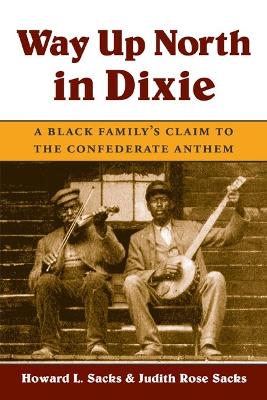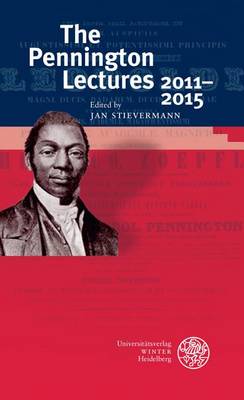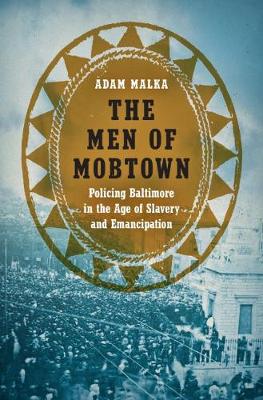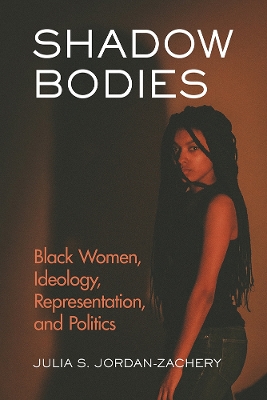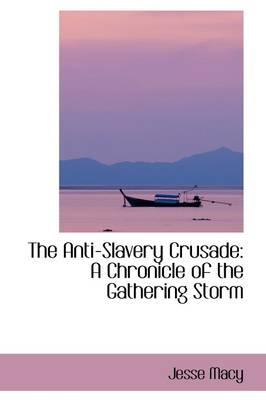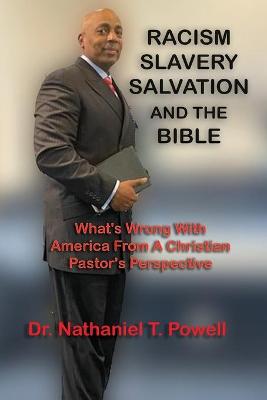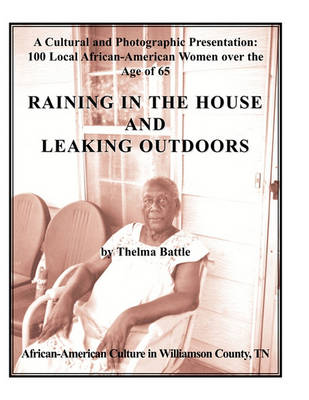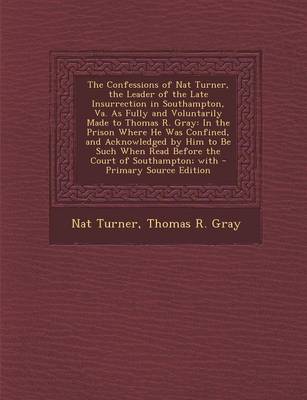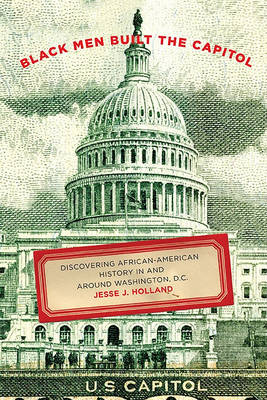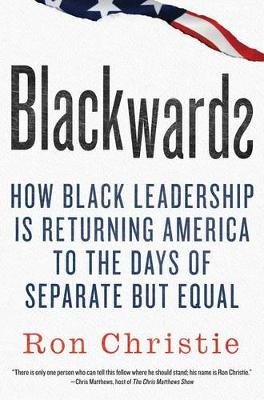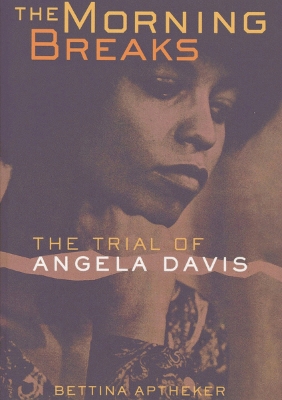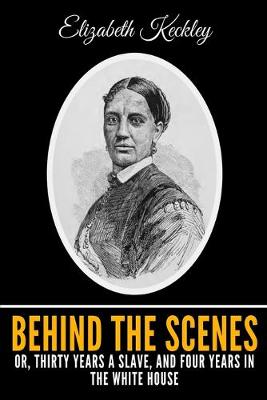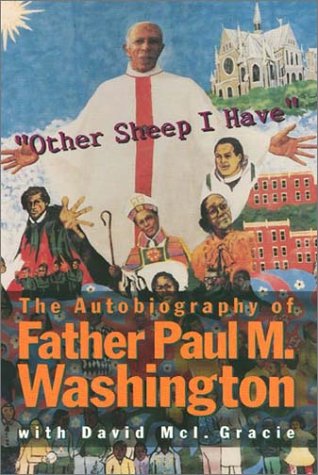Ms. Donna Haskins is an African American woman who wrestles with structural inequity in the streets of Boston by inhabiting an alternate dimension she refers to as the “spirit realm.” In this other place, she is prepared by the Holy Spirit to challenge the restrictions placed upon Black female bodies in the United States. Growing into her spiritual gifts of astral flight and time travel, Donna meets the spirits of enslaved Africans, conducts spiritual warfare against sexual predators, and tends...
Way Up North in Dixie (Music in American Life)
by Howard L. Sacks and Judith Rose Sacks
This book traces the lives of the Snowdens, an African American family of musicians and farmers living in rural Knox County, Ohio. Howard L. Sacks and Judith Rose Sacks examine the Snowdens' musical and social exchanges with rural whites from the 1850s through the early 1920s and provide a detailed exploration of the claim that the Snowden family taught the song "Dixie" to Dan Emmett-–the white musician and blackface minstrel credited with writing the song. This edition features a new introducti...
What if racialized mass incarceration is not a perversion of our criminal justice system's liberal ideals, but rather a natural conclusion? Adam Malka raises this disturbing possibility through a gripping look at the origins of modern policing in the influential hub of Baltimore during and after slavery's final decades. He argues that America's new professional police forces and prisons were developed to expand, not curb, the reach of white vigilantes, and are best understood as a uniformed wing...
Why do so many African American and Latino students perform worse than their Asian and White peers in classes and on exams? And why are they dropping out of school at higher rates? Common wisdom holds that racial stratification leads African American and Latino students to rebel against "acting white," thus dooming themselves to lower levels of scholastic, economic, and social achievement. But is this true? Do minority students reject certain practices, such as excelling in school, and thus thei...
In the heat of June in 1943, a wave of destructive and deadly civil unrest took place in the streets of Detroit. The city was under the pressures of both wartime industrial production and the nascent civil rights movement, setting the stage for massive turmoil and racial violence. Thirty-four people were killed, most of whom were Black, and over half of these were killed by police. Two thousand people were arrested, and over seven hundred sustained injuries requiring treatment at local hospitals...
Playing While White argues that whiteness matters in sports culture, both on and off the field. Offering critical analysis of athletic stars such as Johnny Manziel, Marshall Henderson, Jordan Spieth, Lance Armstrong, Josh Hamilton, as well as the predominantly white cultures of NASCAR and extreme sports, David Leonard identifies how whiteness is central to the commodification of athletes and the sports they play. Leonard demonstrates that sporting cultures are a key site in the trafficking of r...
What does it mean for Black women to organize in a political context that has generally ignored them or been unresponsive although Black women have shown themselves an important voting bloc? How for example, does #sayhername translate into a political agenda that manifests itself in specific policies? Shadow Bodies focuses on the positionality of the Black woman's body, which serves as a springboard for helping us think through political and cultural representations. It does so by asking: How do...
The cross and the lynching tree are the two most emotionally charged symbols in the history of the African American community. In this powerful work, theologian James H. Cone explores these symbols and their interconnection in the history and souls of black folk.
In Search of Democracy
This collection of writings offers a glimpse into the minds of three N.A.A.C.P. leaders who occupied the centre of black thought and action during some of the most troublesome and pivotal times of the civil rights movement. The volume delineates fifty-seven years of the N.A.A.C.P.'s program under the successive direction of James Weldon Johnson, Walter White, and Roy Wilkins. These writings illustrate the vital roles of these three leaders in building a people's liberation, underscoring not only...
Freedom on My Mind, Volume 1 & Launchpad Solo Access for the Bedford Digital Collections for African American History
by Deborah Gray White, Professor Mia Bay, and Waldo E Martin Jr
Leonard Moore has been teaching Black history for twenty-five years, mostly to white people. Drawing on decades of experience in the classroom and on college campuses throughout the South, as well as on his own personal history, Moore illustrates how an understanding of Black history is necessary for everyone. With Teaching Black History to White People, which is “part memoir, part Black history, part pedagogy, and part how-to guide,” Moore delivers an accessible and engaging primer on the Blac...
Freedom Summer is a richly detailed account of a young white woman who participated in the Student Nonviolent Coordinating Committee's summer project in Mississippi in 1964. The text covers one intense summer from the basic training session in June to the Democratic Convention in August.
On August 7, 1970, a revolt by Black prisoners in a Marin County courthouse stunned the nation. In its aftermath, Angela Davis, an African American activist-scholar who had campaigned vigorously for prisoners' rights, was placed on the FBI's "ten most wanted list." Captured in New York City two months later, she was charged with murder, kidnapping, and conspiracy. Her trial, chronicled in this "compelling tale" (Publishers Weekly), brought strong public indictment. The Morning Breaks is a riveti...
Stories of the lives and times of nine African-American children and adults whose contributions to Minnesota's history span nearly two centuries, from the early 1800s to the present day.
Behind the Scenes is the life story of Elizabeth Keckley, a shrewd entrepreneur who, while enslaved, raised enough money to purchase freedom for herself and her son. Keckley moved to Washington, D.C., where she worked as a seamstress and dressmaker for the wives of influential politicians. She eventually became a close confidante of Mary Todd Lincoln. Several years after President Lincoln's assassination, when Mrs. Lincoln's financial situation had worsened, Keckley helped organize an auction of...
Other Sheep I Have
Father Paul M. Washington rose to local and nation prominence as an unflagging supporter of civil and women's rights. One of a handful of black priests in a traditionally white church, he fought for understanding among all people, eventually serving twenty-five years as the Rector of the Episcopal Church of the Advocate in an inner-city Philadelphia neighborhood. Though his ideas about equality often went against the views of the Episcopal church leadership, he rejected threats of withdrawn fund...

